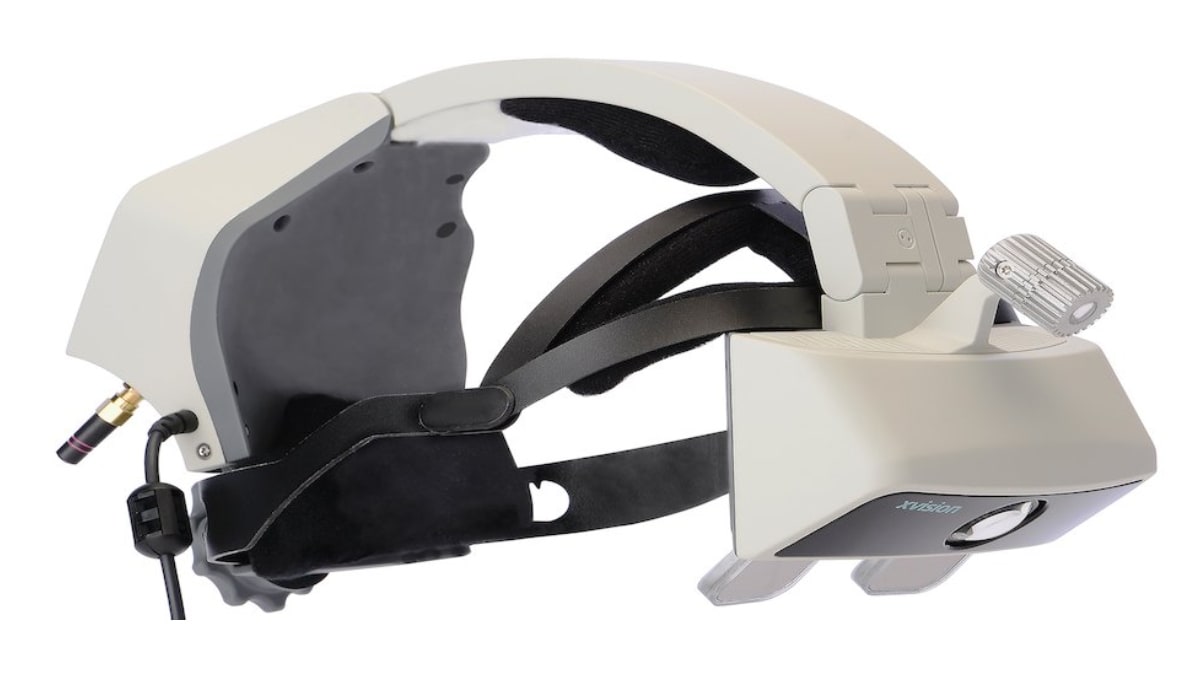A posterior lumbar interbody fusion involving the addition of bone graft to an area of the spine was a fairly long and invasive procedure until now. However, Dr Kornelis Poelstra and his team, in partnership with The Nevada Spine Clinic, have accomplished a feat that may reduce the time it took for the surgery to under two hours. Recently, the team completed the first posterior lumbar fusion procedure on a patient using a combination of Medtronic’s Mazor X robotic platform integrated with Augmedics’ newly FDA-approved xvision.
It involves adding bone graft to the spine to ensure a biological response, leading to the growth of the bone between two vertebral elements. The procedure, which otherwise took nearly six to seven hours, was completed on this patient just under two hours. The surgeons used the xvision headset in tandem with the Mazor X robot to perform the surgery.
The reason it took less time was because the xvision headset allowed the team to more precisely identify and pinpoint the spot to place the implants. In this particular case, a proprietary superalloy MoRe (Molybdenum-Rhenium) lower-profile 4.5mm rod, paired with the MiRusEuropa Pedicle Screw System, was placed, according to a report on the Med-tech news.
Before undertaking the procedure, an orthopaedic and neurological spine surgeon uses the robotic platform to pre-plan the exact placement of the implant and screw system and that’s what makes the process efficient and reduces the time it otherwise took to perform such a surgery.
After this stage, Dr Poelstra’s xvision headset takes him to a world of augmented reality, where he follows his 3D anatomical blueprint created through the use of the software beforehand.
The new procedure has multiple benefits such as being minimally invasive and exceedingly efficient. It also helps the team place the implants with advanced precision, thereby also reducing time spent under anaesthesia in the operating room.
Dr Poelstra, who has a PhD in Biomedical Engineering from the University of Groningen, The Netherlands, is the front and centre of the design and development of spinal robotics that assist in spinal fusions. He has performed more than 1,000 complex robotic procedures.

